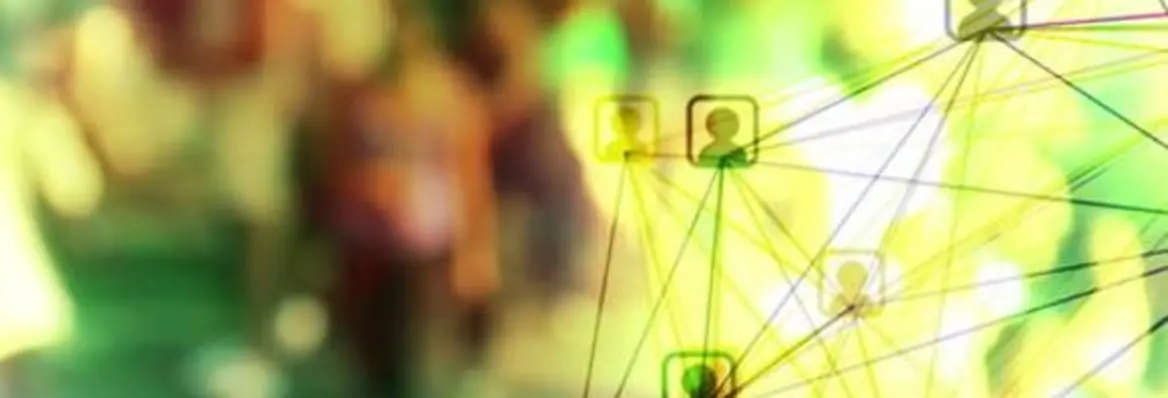“It is a pair of goggles through which you see a totally different world where the story is all about you and you are in it.” If you read this text in 2017, you may have assumed it to be the advertisement of the latest virtual reality, or VR, headset. However in 1935 people read a similar text in Stanley Weinbaum’s scientific fiction Pygmalion's Spectacles. Amazed at the eye-opening imagination, few would have imagined it to become reality in the near future. We live in such an age that things that appeared in scientific fictions merely a few decades ago have been making themselves part of our everyday lives. Ecstasy, first, then anxiety ensues — in the face of VR technology where is the boundary between the real world and the virtual world? Are we still authentic human beings if one day we spend more time in the virtual world than in the ‘real’ world?
Such anxiety is actually nothing new. For thousands of years, human beings have never stopped examining the meaning of life, what is reality and what is nihility. If there is something new this time, it is the unprecedented speed of technology developments which cast a dazzling spotlight upon the ancient questions. The spotlight is so conspicuous that we almost feel we have to focus on it in order to find an answer.
It is natural to think if one wants to study the digital one should go to a digital-savvy population. A few years ago, I traveled to a small factory town in southeast China to conduct a 15-month anthropological study of social media use among Chinese migrant workers. Local people looked at me, thinking I was totally out of my mind: “Why us?” they asked — what’s the point of studying somebody who can’t afford most digital devices and who spends most of their time on factory assembly lines?
My informants were right to have some doubts. It is true that before Chinese rural migrants were the digital have-less. However such a situation has been changed since the booming of the budget smartphone which facilitated most of them to leapfrog into the digital age. My research showcases how Chinese rural migrants embraced the possibilities of the digital to the fullest and thus became a ‘social media population’ in China.[1]
In China over 250 million people left villages to work in factories and cities — the biggest migration in human history. For the rural youth, who accounts for the majority of the labor force, the rural-to-urban migration was no longer merely pushed by economic pressure, but more pulled by the personal aspiration to get rid of one’s humble past and join the modern world. Social media is mainly to explore the new possibilities of social life and create a fantasy world online.
















Join the conversation